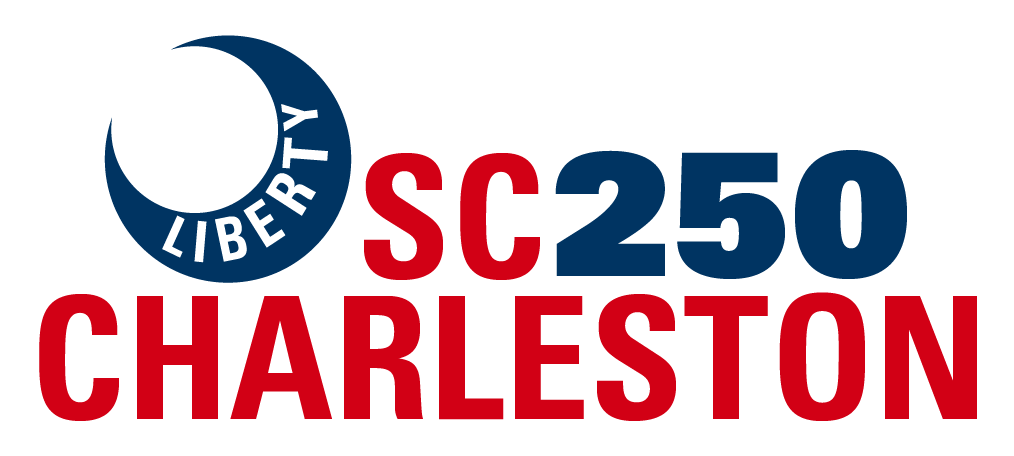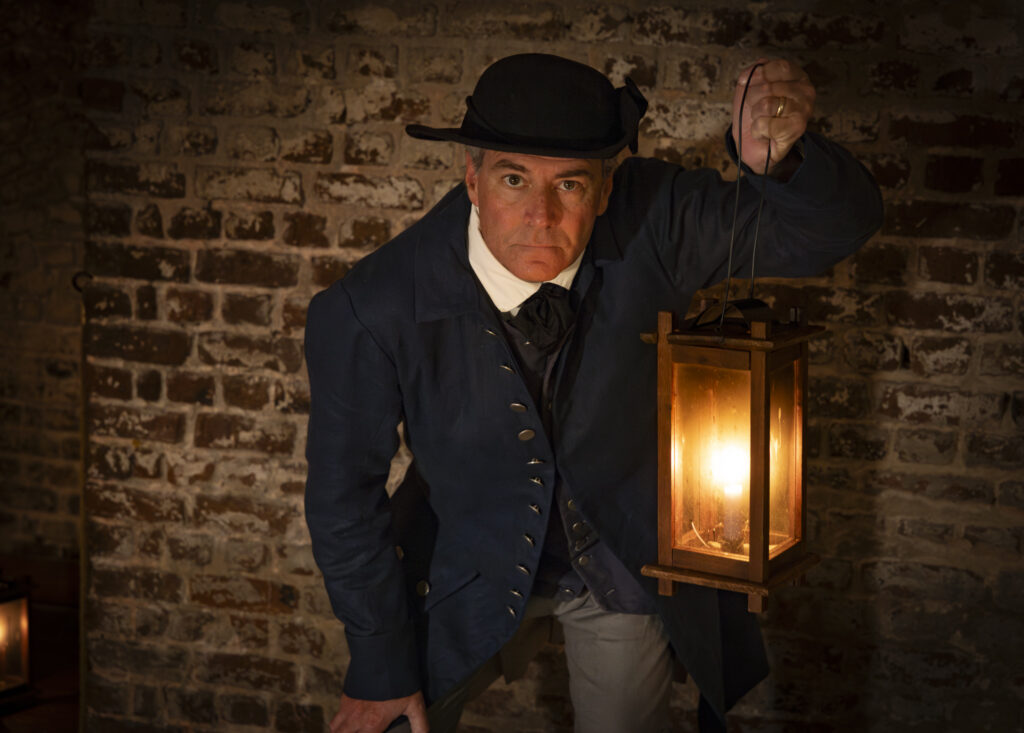With King George III determined to use military force to supress the rebellion in his colonies, securing a supply of arms and gunpowder was all-important for South Carolina’s Patriots.
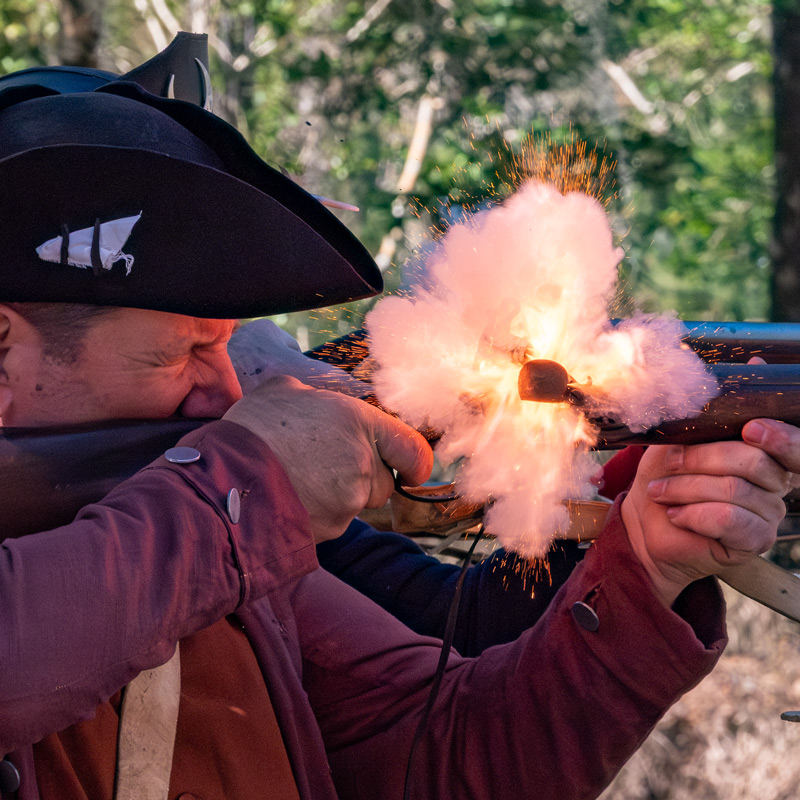 It is difficult to underestimate how important gunpowder was at the onset of the Revolutionary War. Just as oil was to 20th-century navies or advanced microchips are to today’s militaries, gunpowder was an essential resource for any military in 1775. With almost no domestic production of gunpowder in the American colonies in 1775, it was vital for both sides to acquire an adequate supply of gunpowder for their muskets, ships, and artillery pieces. It was equally important for each side to also deny this critical resource to their foes.
It is difficult to underestimate how important gunpowder was at the onset of the Revolutionary War. Just as oil was to 20th-century navies or advanced microchips are to today’s militaries, gunpowder was an essential resource for any military in 1775. With almost no domestic production of gunpowder in the American colonies in 1775, it was vital for both sides to acquire an adequate supply of gunpowder for their muskets, ships, and artillery pieces. It was equally important for each side to also deny this critical resource to their foes.
In 1775, the Patriot forces in South Carolina needed gunpowder for several reasons. Gunpowder was essential for the cannons that would defend its harbors. The colony’s expanding militias needed gunpowder for their flintlock muskets. And gunpowder was a valuable trade good to gain influence over the Cherokees in the backcountry.
With tensions rising rapidly in early 1775, both sides throughout the colonies moved quickly to secure their own supplies of gunpowder. On April 19, 1775, a column of British Regulars marched from Boston towards Concord, Massachusetts. They had been ordered to locate and capture a supply of arms and gunpowder that were being stored in and near the town. Confronted by a swarm of musket-wielding Minutemen, the firefight that erupted near the North Bridge became the Shots Heard Round the World.
Six hundred miles to the south of Concord, Royal Governor Dunmore, on April 20, 1775, moved swiftly to remove the gunpowder in Williamsburg’s public magazine to a British warship nearby. This nighttime action stunned the patriots in Virginia’s capital.
But what about South Carolina? Motivated by the same recently arrived intelligence that King George III was sending additional troops to put down the rebellion in his colonies, South Carolina’s Provincial Congress – its shadow government – did not hesitate to act. Forming a Secret Committee on April 20, 1775, the Provincial Congress authorized this new covert group to seize arms and gunpowder in and around Charleston. No other action was deemed more important….or was likely, more treasonous.
During the night of April 21, 1775, a group of patriots conducted what must be considered one of the most successful covert operations of the American Revolution. Separate groups of patriot operatives moved that night to quietly secure arms and powder from three Crown-controlled armories and magazines in and around Charleston.
The Raid on the State House Armory
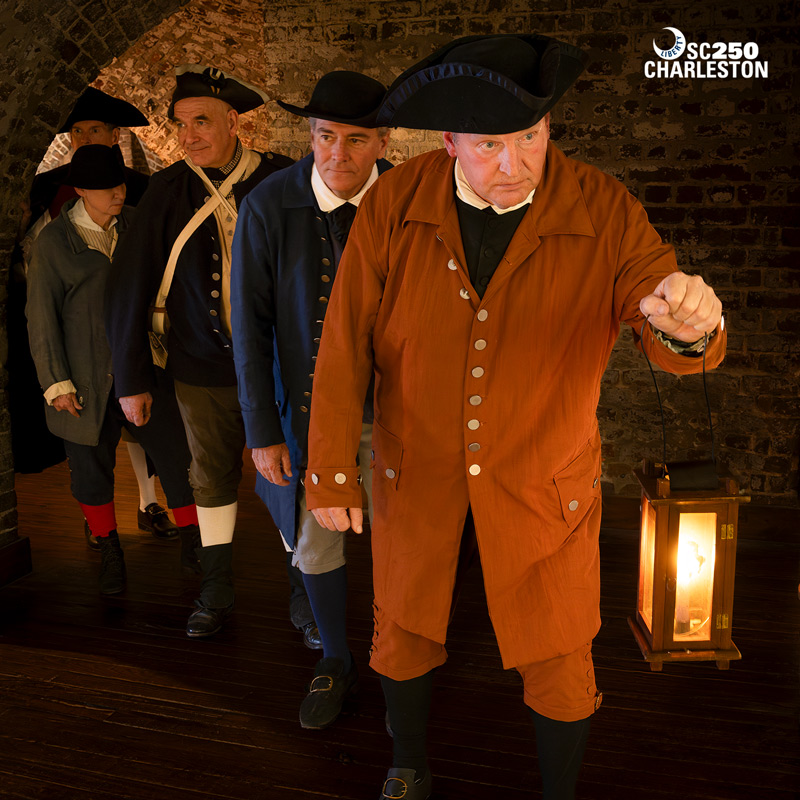 One of the city’s most important collections of weapons was in the attic of the South Carolina State House at the corner of Meeting and Broad Streets. Gaining access to the building, the raiders headed up the stairs and unlocked the door to the armory. Forming a human chain, they moved hundreds of muskets, cutlasses, bayonets, flints, and cartridge boxes down to the street level and out of the building. How this group opened the locked door without damaging it and moved this vast quantity of weapons without gaining the attention of the town’s guard remains a mystery. Given that some of the leading lights of South Carolina’s patriot movement – Col. Charles Pinckney, William Henry Drayton, Thomas Lynch Jr., and Benjamin Huger – were involved in the night raid makes this heist even more remarkable.
One of the city’s most important collections of weapons was in the attic of the South Carolina State House at the corner of Meeting and Broad Streets. Gaining access to the building, the raiders headed up the stairs and unlocked the door to the armory. Forming a human chain, they moved hundreds of muskets, cutlasses, bayonets, flints, and cartridge boxes down to the street level and out of the building. How this group opened the locked door without damaging it and moved this vast quantity of weapons without gaining the attention of the town’s guard remains a mystery. Given that some of the leading lights of South Carolina’s patriot movement – Col. Charles Pinckney, William Henry Drayton, Thomas Lynch Jr., and Benjamin Huger – were involved in the night raid makes this heist even more remarkable.
The Raid on the Magazine at Hobcaw Point
While others were raiding the State House Armory, another set of men activated by the Secret Committee rowed through the night towards the Wando River and nearby Molasses Creek (today in Mount Pleasant). Along the creek, near Hobcaw Point, was an important powder magazine that the operatives soon reached. While details tied to this action are sparse, the operatives reportedly returned to Gadsden’s Wharf with a rowboat filled with 1,000 pounds of gunpowder. There to greet the raiders was Christopher Gadsden, a leading patriot, who was ready to hide this new supply at his expansive wharf.
The Raid on the Charleston Neck Magazine
Maybe the strangest of the three actions this night was the raid on the powder magazine at on the Charleston Neck, located along Shipyard Creek. The Secret Committee operatives here brought their rowboat ashore and quietly approached the magazine. After breaking into the building, the men were surprised to find the magazine empty. Evidently, the gunpowder stored here had been moved to another location by Captain Robert Cochran – the magazine’s deputy powder receiver. The wily Cochran had somehow caught wind of a potential operation against the magazine and pre-empted the raiders. Continuing with his clever plan, Cochran would soon report to the British authorities that the magazine had been broken into and 500 pounds of powder removed. In a further strange twist, Cochran, no doubt a patriot sympathizer, later sold this supply of hidden gunpowder to the Provincial Congress, using the proceeds to pay back the British authorities for the missing gunpowder.
The Crown Responds

As soon as the sun rose on April 22, 1775, news of the raids quickly made its way to Lieutenant Governor William Bull, the most senior Royal official in Charleston. Stunned by this report, Bull quickly pushed for answers. His interrogation of Mr. John Pouag, the State Armory’s ordnance storekeeper, Mrs. Mary Pratt, a housekeeper who lived inside the building, and members of the nearby town watch led to shrugs, vague details, and little actionable intelligence. Frustrated by the response to his inquiries, Bull had handbills printed and articles placed in Charleston’s newspapers announcing the theft and offering a £100-pound sterling reward to anyone who could provide information on where the purloined arms and powder had gone or who might be involved. Governor Bull never received any reply to his reward offer.
This daring nighttime raid by members of South Carolina’s Secret Committee had achieved its aim. It had not only secured weapons and much-needed gunpowder for use by the patriot forces but also denied the same to the Crown forces that would soon take a more militant role against the rebels in South Carolina.
Gunpowder: Why Not Just Make Your Own?
Some of you may be wondering why the patriots were so quick to undertake risky raids against existing magazines for their gunpowder. Couldn’t the patriots have just gathered enough potassium nitrate (KNO3), charcoal, and sulfur to have made their own endless supply of gunpowder? While the ingredients of gunpowder are not hard to secure, producing gunpowder requires a sophisticated milling process that was just not available in the colonies in 1775. In this first year of the Revolutionary War, if you wanted gunpowder you needed to import it or steal it. And with British warships now prowling the coast, importing it was less of a sure thing.
How Much Gunpowder Do You Really Need?
Gunpowder readily absorbs moisture from the air, and when it does, it rapidly degrades in effectiveness. Given South Carolina’s wet and humid climate, keeping gunpowder dry was a constant challenge. Soldiers needed cartridge boxes to help keep their rounds dry, and powder magazines needed to be dry. The best magazines employed various dehydration methods, including containers of charcoal and chloride of lime hung from ceilings, elevated floors, and ventilation airholes drilled into the side walls.
In the Charleston area, the new militias (the 1st and 2nd South Carolina Regiments) being stood up needed to be equipped with flintlock muskets. In the early years, these regiments were primarily equipped with British-built Brown Bess muskets that required 4 to 8 grams of gunpowder for every musket ball fired. In a firefight with Loyalists or British forces, a regiment could consume a great deal of gunpowder during the engagement.
Far more concerning from a supply point of view were the heavy artillery pieces that the Provincial Congress wanted to place around Charleston Harbor to protect it from British naval attacks. Each shot from a 9-pounder cannon might consume two and a half pounds of gunpowder. Heavier 24-pounders, like the guns used against the British in the 1776 Battle of Sullivan’s Island, might require upwards of eight pounds of gunpowder for every shot taken. Firing hundreds of cannonballs thus required huge stores of ready powder.
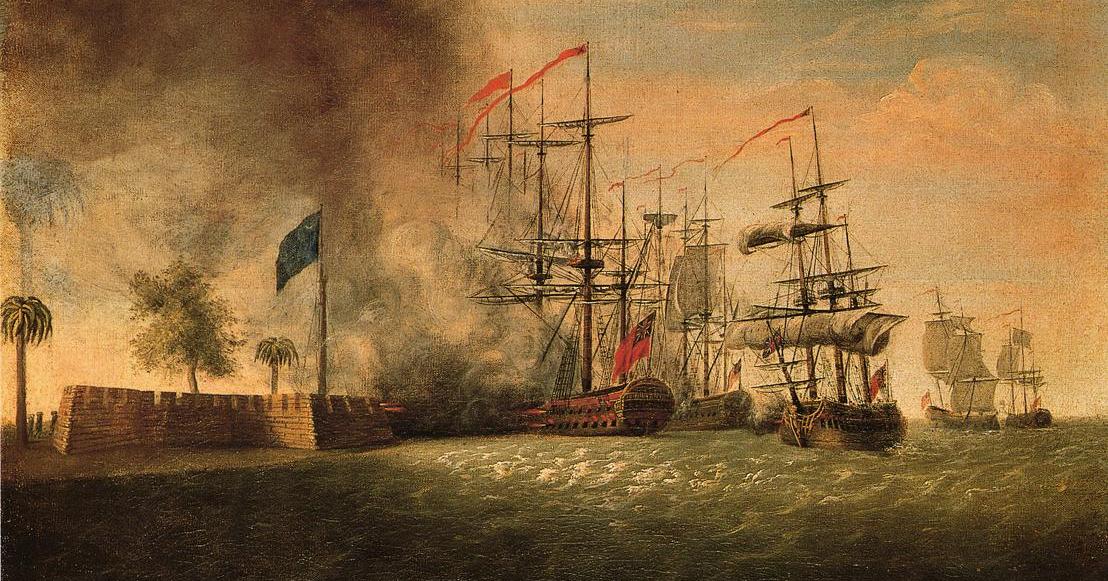
250th Anniversary: April 21, 1775 Arms & Gunpowder Raids
Learn more about the 250th anniversary of the April 1775 Arms & Gunpowder Raids conducted in the Charleston area. This secret operation helped support the Patriot’s move to create armed militias to resist the growing military threat coming from the Crown.
